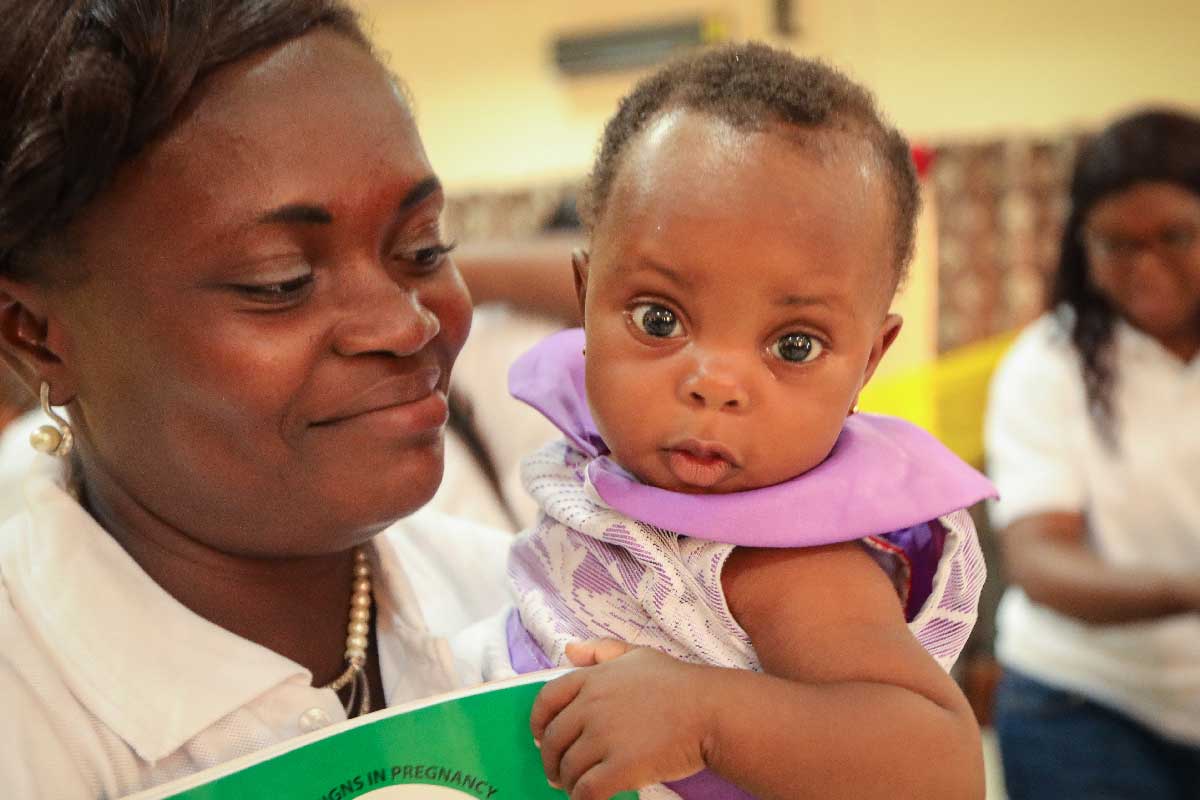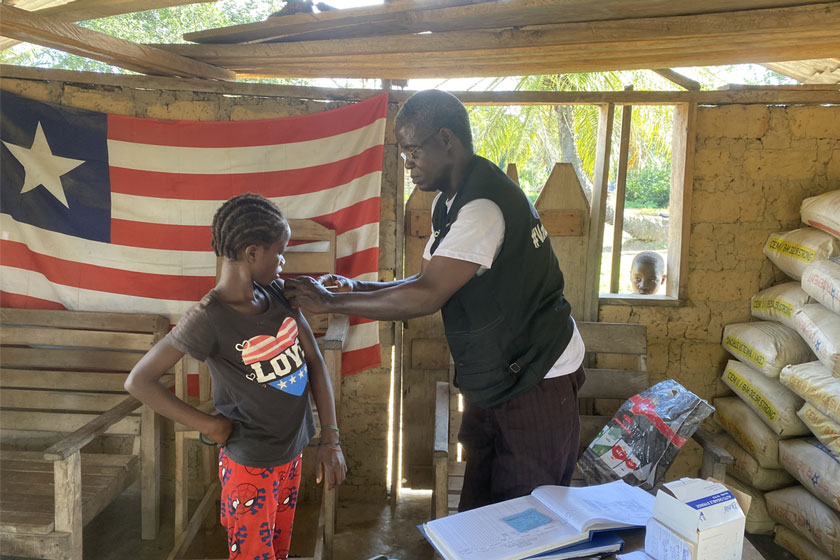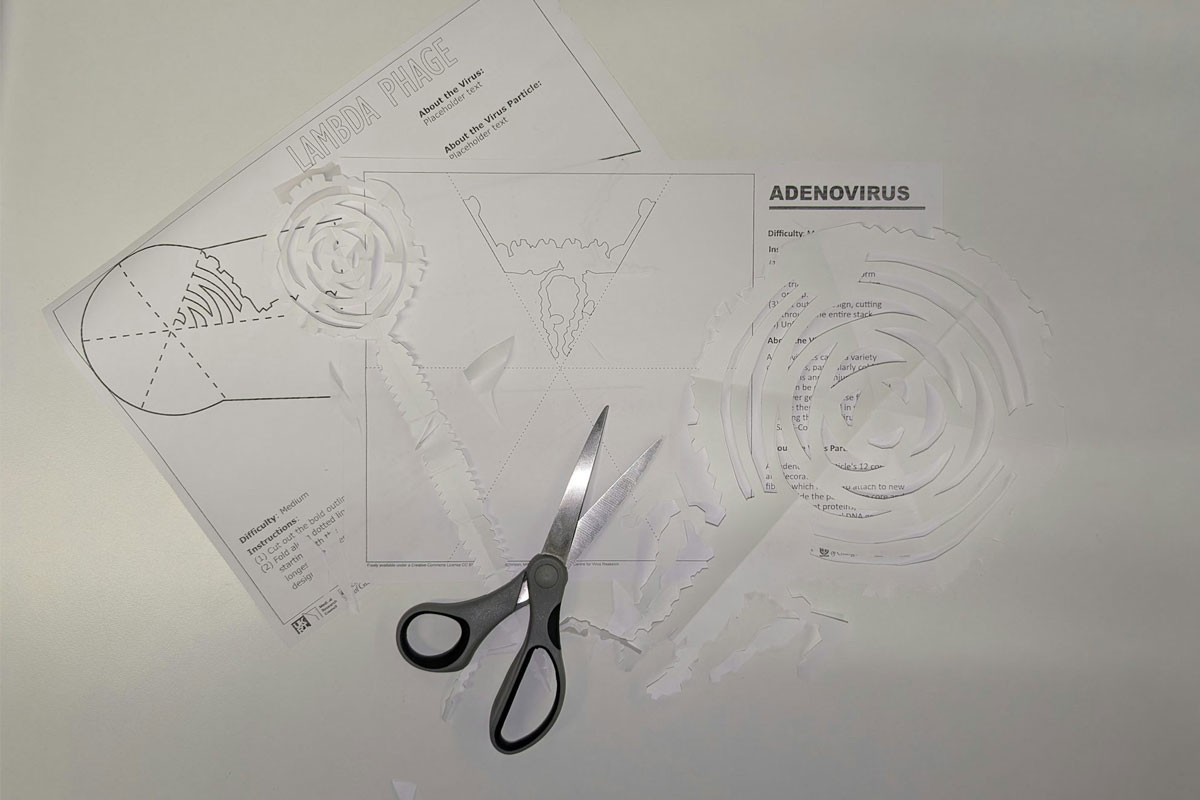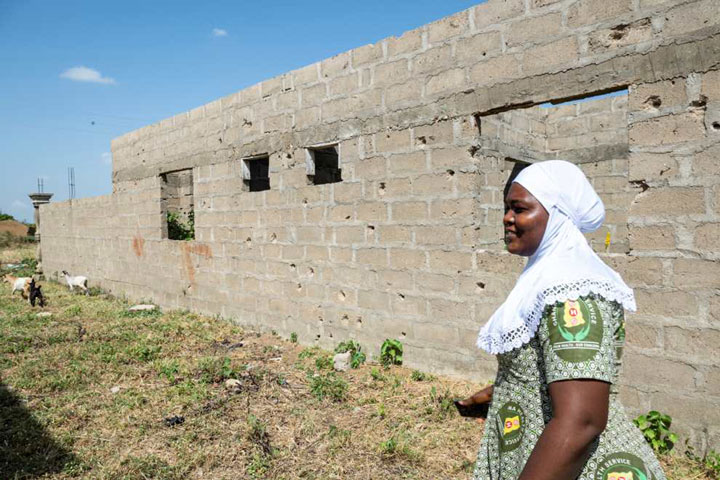Eight things you need to know about the new “Nimbus” and “Stratus” COVID-19 variants
The NB.1.8.1 and XFG sub-variants are rapidly spreading and competing for global dominance.
- 16 June 2025
- 6 min read
- by Linda Geddes
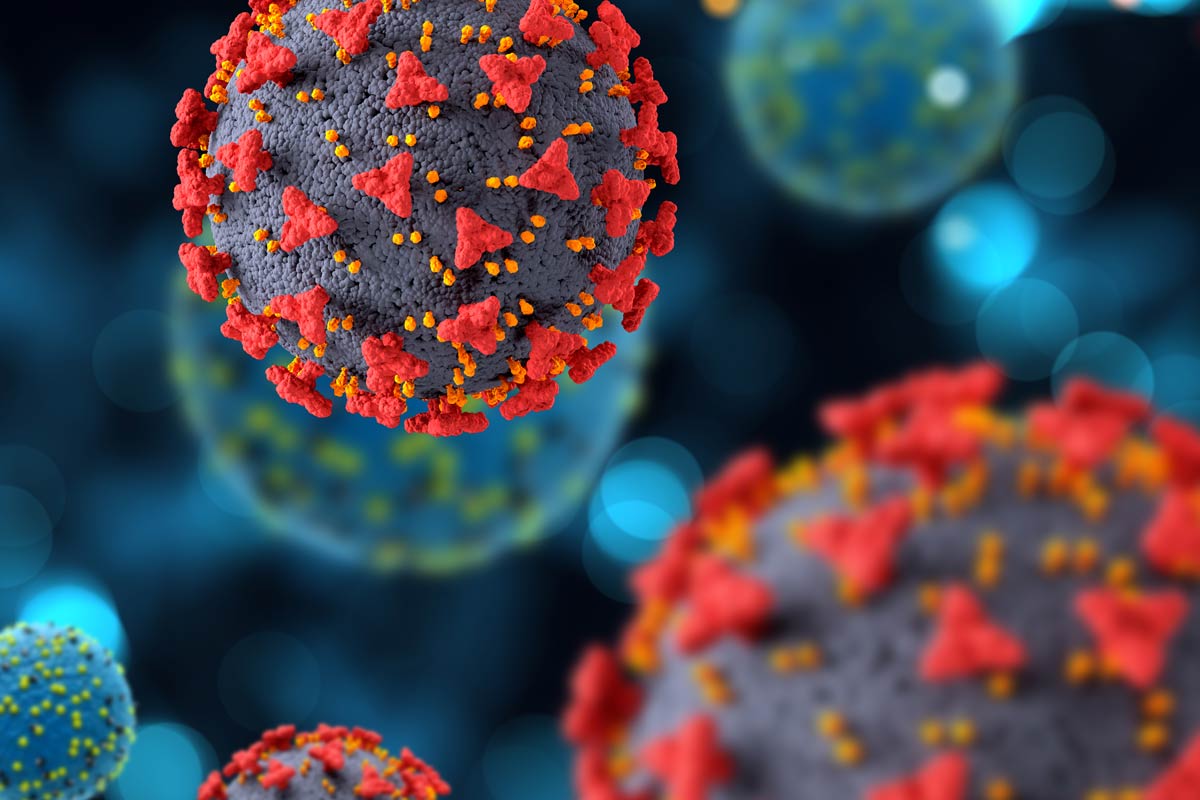
COVID-19 may have faded from news headlines, but it hasn’t gone away – or stopped evolving. The World Health Organization (WHO) currently lists six ‘variants under monitoring’ -- meaning they may require prioritised attention and tracking by health authorities due to their increased prevalence and potential public health implications.
One of them is NB.1.8.1, unofficially nicknamed “Nimbus” by the group of researchers and citizen scientists who’ve proposed previous monikers like Kraken, Centaurus and Eris for variants they thought people would be talking about.
Another variant raising concern among virus spotters – though not currently designated for monitoring by the WHO -- is XFG, informally nicknamed “Stratus”.
Here’s what we know about these two variants so far...
1. They’re spreading fast – but aren’t necessarily any nastier
Since being identified in January 2025, NB.1.8.1 has quickly spread across Asia and into other regions, accounting for 11% of sequenced cases by late April 2025 – up from 2.5% one month earlier.
This is rapid compared to other co-circulating variants, but while increases in cases and hospitalisations have been reported in some countries – particularly in the Western Pacific Region -- there are no reports to suggest that NB.1.8.1 is associated with more severe disease compared to other circulating variants.
In its latest risk evaluation for NB.1.8.1 published on 23 May 2025, WHO’s Technical Advisory Group on Virus Evolution said: “The available evidence on NB.1.8.1 does not suggest additional public health risks relative to the other currently circulating Omicron descendent lineages.”
XFG was first detected in Canada and has also achieved rapid global spread. In Europe, it accounted for 25% of cases as of late May, while NB.1.8.1 cases stood at 9%. It is also taking off in India, where 206 cases had been detected as of June 11.
In its risk evaluation for NB.1.8.1, WHO noted that XFG was spreading even faster than this variant. However, there’s similarly no evidence to suggest it is associated with more severe disease at the current time.
2. Nimbus isn’t a Harry Potter reference
According to Prof T. Ryan Gregory at the University of Guelph in Canada – who is part of a group of researchers and citizen scientists that assigns unofficial nicknames for COVID variants likely to attract public attention -- NB.1.8.1 or “Nimbus” is the first variant to receive such a nickname since “Pirola” (BA.2.86) in August 2023.
“It's largely been the Pirola show since then, with nearly everything in circulation being a direct descendant of it, or a recombination of its descendants,” Gregory told VaccinesWork.
“Several factors have gone into giving NB.1.8.1 the first nickname in nearly two years: It is not just a member of the Pirola ‘variant soup’, it has established itself as a new lineage that is now evolving among hosts, and it has caused waves in some parts of the world -- and has potential to do so more broadly. It was also listed as a variant under monitoring (VUM) by the WHO as of May 23.”
While some people might assume ‘Nimbus’ to be a reference to the Nimbus 2000 broomsticks used by Harry Potter, the Nimbus spacecraft in the Futurama TV series, or even the villainous Mr Nimbus the Rick and Morty show, Gregory said the name refers to a type of cloud. “Plus it's helpful that it contains ‘n’ and ‘b’," he said.
He added that the decision to also assign the XFG variant a nickname was born from the observation that "Nimbus (NB.1.8.1) and Stratus (XFG) are the two main variants competing for dominance globally and either one has the potential to kick off a surge.
“Generally, we're very conservative about giving new nicknames, and then we bounce suggestions back and forth, trying to find something that is recognisable enough to be useful in broad communications,” Gregory said.
“We started with mythological creatures (e.g., Orthrus, Kraken), then astronomical names (e.g., Eris, Pirola), and this time around we've used some terms from meteorology including the cloud types Nimbus and Stratus.”
3. These are Frankenstein variants, built from genetic recombination
NB.1.8.1 has a tangled family tree. It is a hybrid virus, built from a process called recombination, where several viruses – all versions of the Omicron COVID variant -infect the same cell and swap genetic material. It is descended from XDV -- a hybrid of JN.1 and XDE (a hybrid of GW.5.1 and FL.13.4).
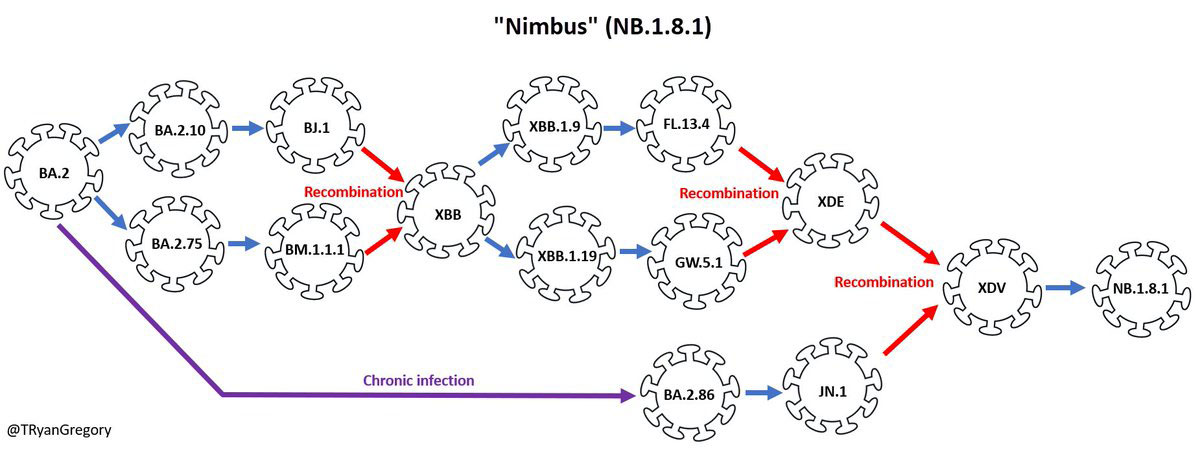
These events have equipped “Nimbus” with seven new mutations in its spike protein, which is the part of the virus that attaches to human cells, plus a further 20 changes elsewhere.
XFG is a mix of two earlier variants: LF.7 and LP.8.1.2. It has four key mutations in its spike protein.
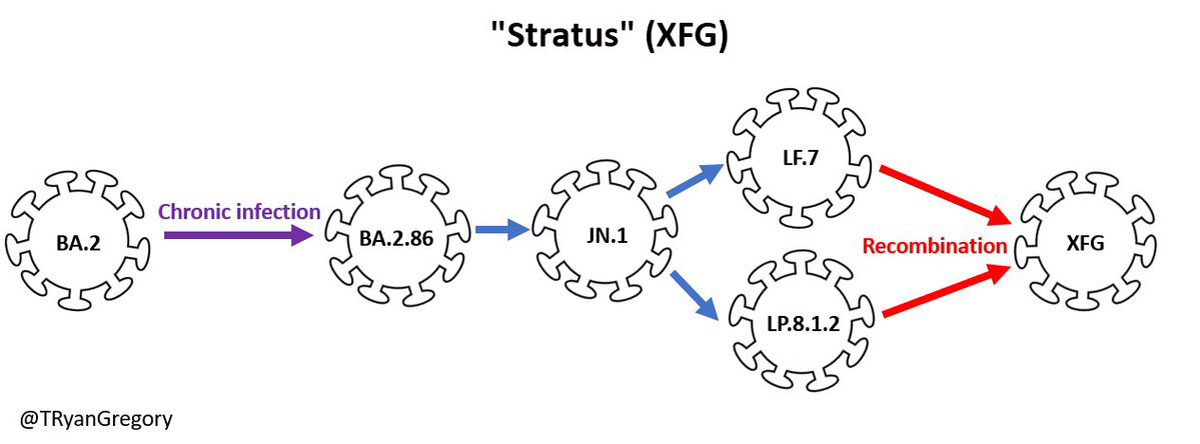
4. Nimbus sticks to our cells and infects them really well
Virological studies suggest that NB.1.8.1 binds strongly to the ACE2 receptor that SARS-CoV-2 uses to enter human cells – more strongly than XFG and most other variants.
It also shows strong infectivity in lab-grown cells, suggesting it’s well-equipped to spread. Its infectivity (may also be 2.5 times higher than that of LP.8.1 -- currently the most prevalent COVID-19 variant worldwide.
This could help explain why it is muscling out other variants – not because it evades the immune system better, but because it infects people more efficiently.
5. Stratus is good at evading the immune system
Two of XFG’s spike mutations are thought to help it evade antibodies that target common spots on the spike protein. One of these may also help it to dodge a broader class of antibodies, making it harder for the immune system to neutralise, and easier for the virus to spread.
However, XFG doesn’t bind to the human ACE2 receptor as well as some other variants, so it may not be as good as infecting cells or spreading on its own – unless it picks up additional mutations.
6. COVID-19 vaccines are still likely to be effective against them
In lab tests using blood samples from vaccinated and previously infected individuals, XFG showed a roughly 2-fold drop in antibody effectiveness compared to the current most common COVID‑19 variant globally, while NB.1.8.1 showed a roughly 1.6-fold reduction.
Even so, people who are fully vaccinated – especially those with updated boosters – are still likely to have some protection, especially against severe illness, hospitalisation and death.
Have you read?
7. There may be some specific symptoms to watch out for
While reports suggest that symptoms of these variants are broadly similar to those of other versions of Omicron, UK doctors have warned that a "razor blade" sensation in the throat and gastrointestinal symptoms such as nausea, vomiting, diarrhoea, heartburn, bloating, constipation, and stomach pain, could be particular signs to look out for with NB.1.8.1 – although this hasn’t been confirmed in scientific studies.
Indian doctors have also flagged a hoarse voice as common among patients who've recently presented at hospital outpatient departments there.
8. Nimbus is under close watch, but is not a top tier worry
WHO has designated NB.1.8.1 as a Variant Under Monitoring (VUM), not a Variant of Interest or Concern. That means it’s noteworthy, but not alarming -- at least for now. Its overall public health risk is currently assessed as “low”.
XFG is not currently deemed a threat worthy of enhanced WHO monitoring. However, like all emerging variants, it remains under routine genomic surveillance, and all uploaded virus sequences are being closely tracked for changes in spread, mutations, or potential public health impact.


